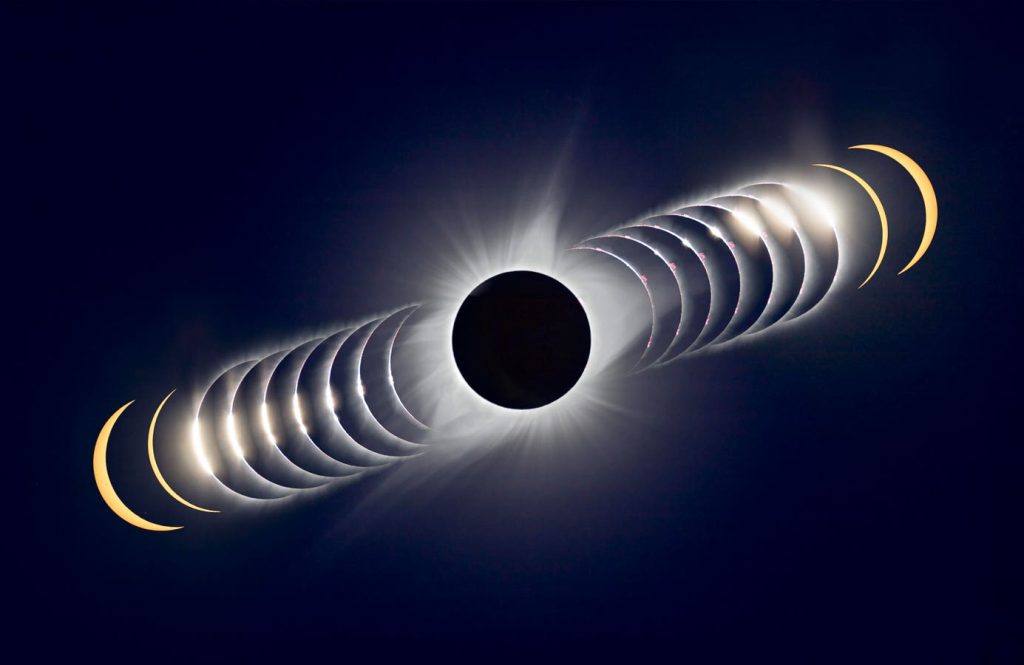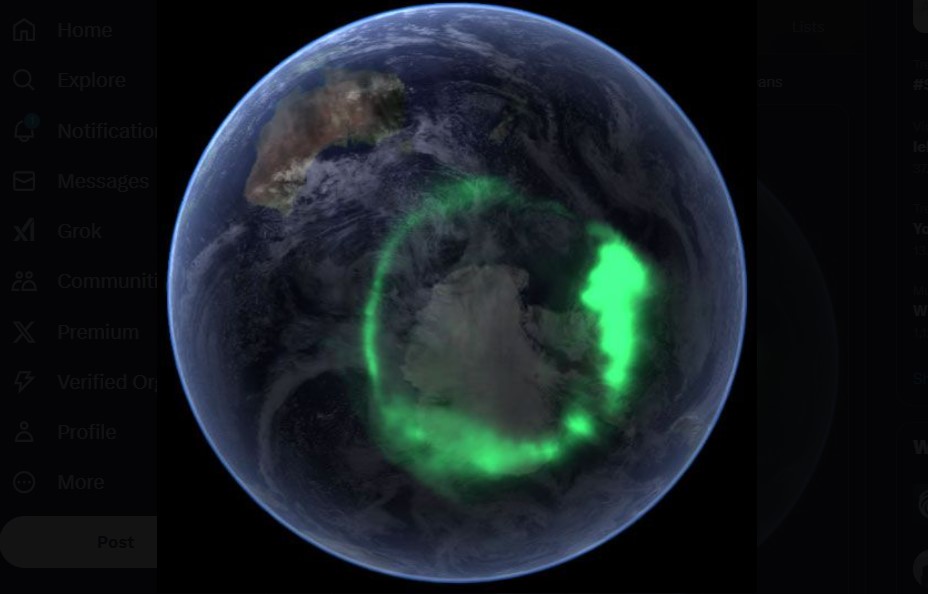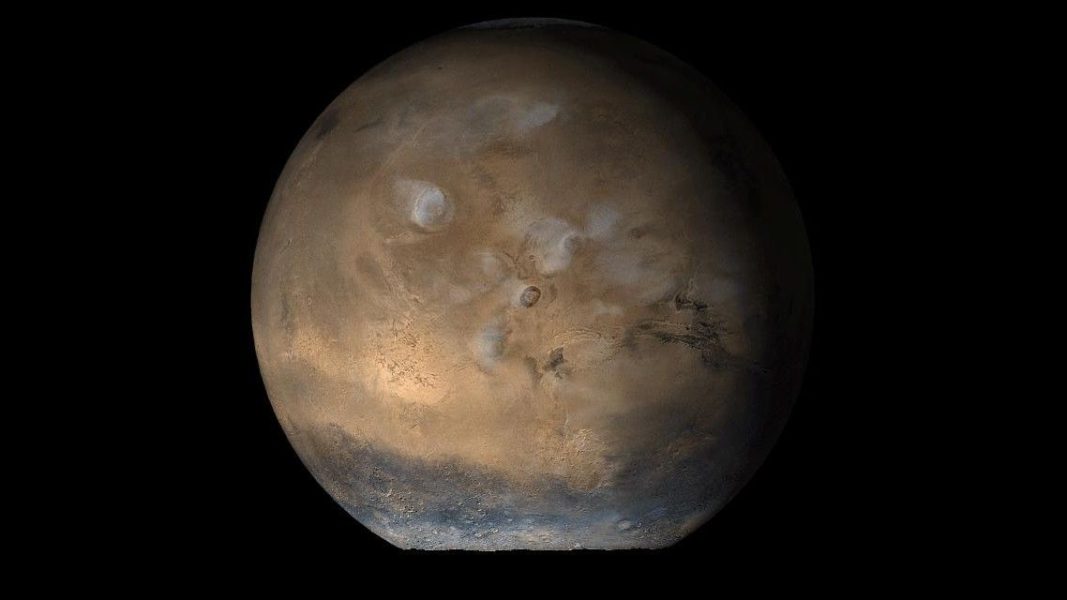Today Earth Is Closest To A ‘Solar Maximum’ Sun. So Why Is It So Cold? – Forbes

A time-sequence composite of the August 21, 2017 total solar eclipse. (Photo by: VW Pics/Universal … [+] Images Group via Getty Images)Earth will reach perihelion at 09:00 Universal Time on Saturday, January 4, 2025, the closest point to the sun in its annual, slightly elliptical orbit. The word comes from the Greek words peri (near) and helios (sun). So why are we shivering?Breath fogs the air, ice slicks the roads, and the sun seems a distant, feeble glow in the winter sky. Our life-giver is doing its minimum, never getting high enough to do anything other than dazzle drivers. We are cast under a blanket of frost and snow.If we’re closer to the sun now, why aren’t we all basking in tropical weather? The answer lies not in our distance from the sun but in the tilt of the Earth’s axis. During January, the northern hemisphere tilts away from the sun, leading to colder temperatures and shorter days.Meanwhile, the beaches of Sydney and the streets of Buenos Aires bask in the summer heat. The southern hemisphere tilts toward the sun, enjoying long days and intense summer heat.If we’re closer to the sun now, why aren’t we all basking in tropical weather? The answer lies not … [+] in our distance from the sun, but in the tilt of Earth’s axis.On Saturday, our planet at perihelion will be just 0.98333 astronomical units (about 147 million kilometers or 91 million miles) from the sun. That’s roughly five million kilometers (three million miles) closer than during aphelion, its farthest point, on July 3, 2025, when Earth will be 94.5 million miles/152 million kilometers from the sun.Not just Earth gets a perihelion and an aphelion each year. All planets orbit stars in an ellipse. That was discovered in the 17th century by German mathematician Johannes Kepler, who developed his first law of planetary motion.Earth’s elliptical orbit causes slight variations in solar energy, with about 7% more sunlight reaching Earth during perihelion than aphelion. So, is Earth hotter in January than in July? That’s logical, but false. The geography of the Southern Hemisphere cancels out the variations in Earth’s distance from the sun. Despite it getting more radiation from the sun in January than the Northern Hemisphere gets in July, most of the Southern Hemisphere is oceans. There’s a lot less landmass, which negates the impact of perihelion.Does solar maximum make Earth hotter? Yes, but not enough to affect the climate. (Photo by … [+] NASA/Newsmakers)At solar maximum, the sun’s most active phase of its 11-year cycle, produces more light, energy and solar radiation. It’s the strongest peak for 23 years, and displays of the Northern Lights are raging.According to NOAA, the total energy received on Earth from sunlight — the Total Solar Irradiance, as measured from satellites — increases by 0.1% during solar maximum. But that’s too small to majorly impact the Earth’s climate.Wishing you clear skies and wide eyes.One Community. Many Voices. Create a free account to share your thoughts. Our community is about connecting people through open and thoughtful conversations. We want our readers to share their views and exchange ideas and facts in a safe space.In order to do so, please follow the posting rules in our site’s Terms of Service. We’ve summarized some of those key rules below. Simply put, keep it civil.Your post will be rejected if we notice that it seems to contain:User accounts will be blocked if we notice or believe that users are engaged in:So, how can you be a power user?Thanks for reading our community guidelines. Please read the full list of posting rules found in our site’s Terms of Service.





